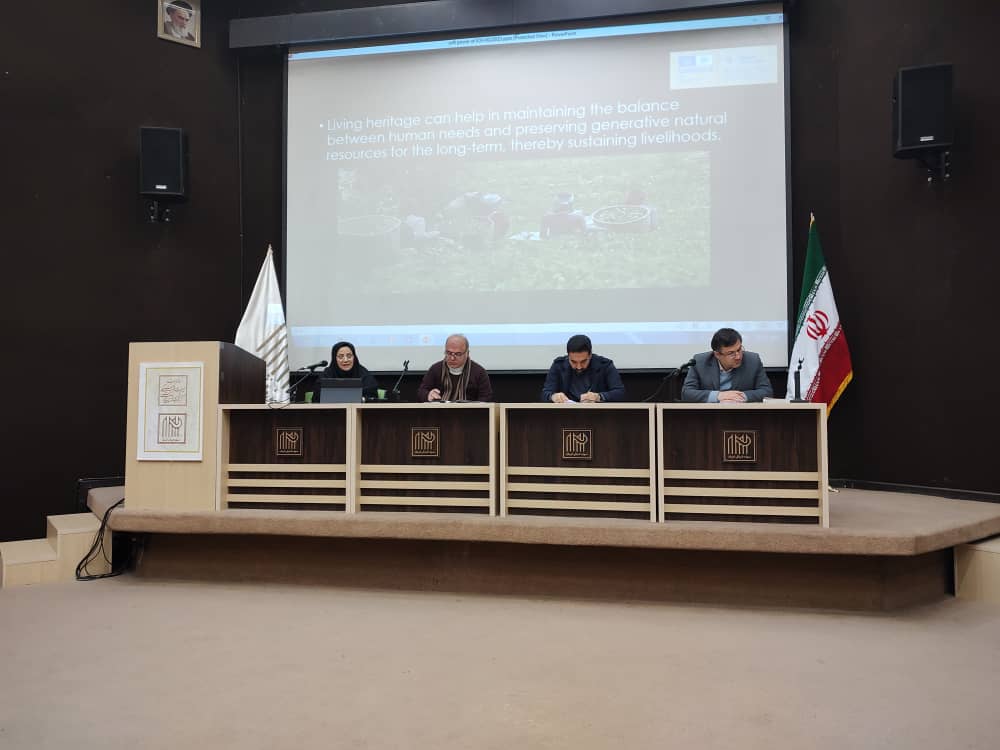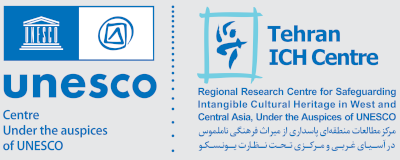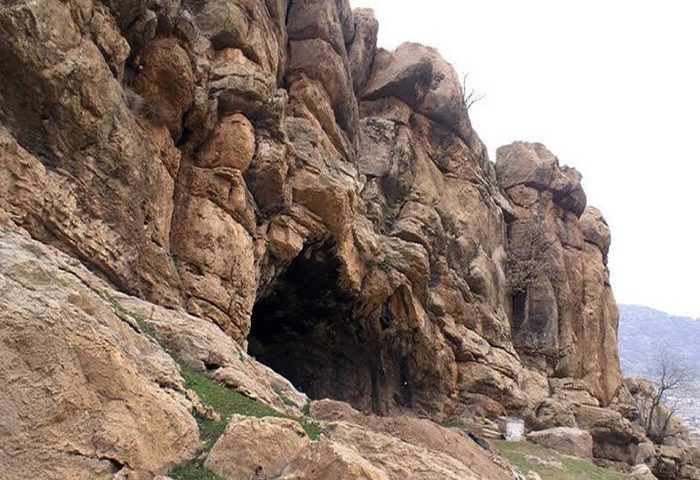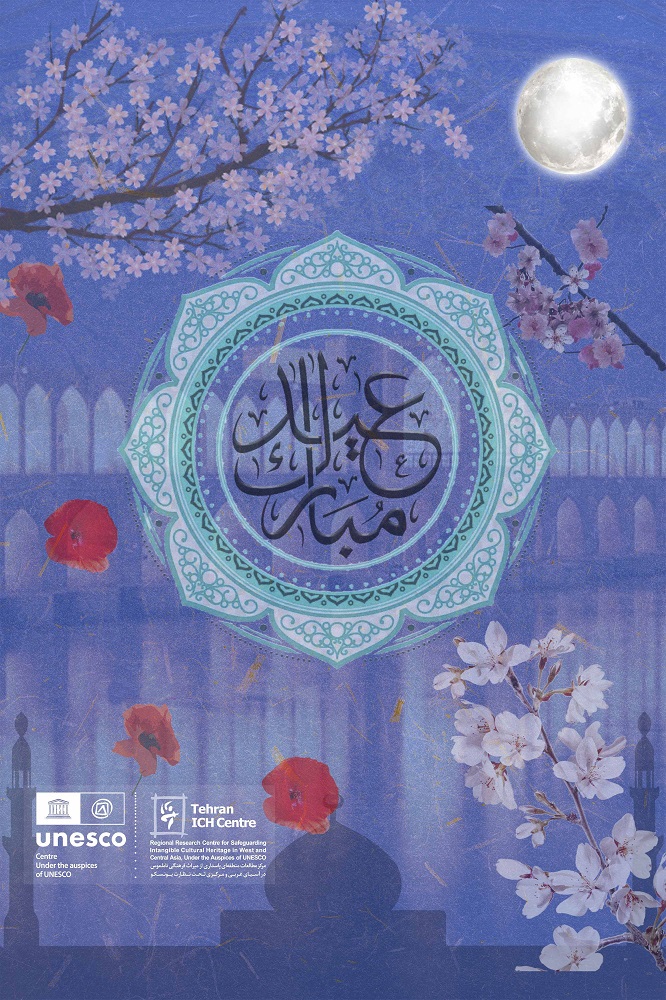On Monday, 8 January, 2024, the Director General of the Tehran ICH Centre, Dr Atusa Momeni, took part in a first round of specialised talks on cultural heritage with focus on inscriptions of intangible cultural heritage, at the Carpet Museum of Iran.
The participants to this event were Dr Ali Reza Izadi, Director General for inscriptions at the Iranian Ministry of Cultural Heritage, Tourism and Handicrafts, who initially briefed the session on the history of the 2003 convention and the new Inscriptions of Iran as well as inscriptions considered for the future. He called for the adoption of methods to increase the numbers of inscriptions in the future.
Second speaker of the session was Dr Momeni, her speech was entitled, “The soft power of ICH in cultural diplomacy: a guarantor of sustained economic livelihoods with special focus on inscriptions on the convention’s lists”.
She initially expressed her gratitude to the organisers, Dr Mostafa Pourali, Advisor to the Vice Minister for Culture in International Relations at the Iranian Ministry of Cultural Heritage, Tourism and Handicrafts (IMCHTH), Dr Alireza Izadi, Director General for Inscriptions of Natural and Intangible Cultural Heritage, at the IMCHTH, and Dr Alireza Hassanzadeh, Chairperson of the Anthropological Research Institute, at the Research Institute of Cultural Heritage and Tourism.
To respond to the query on the importance of ICH inscriptions, she offered definitions of ICH and cultural diplomacy announcing the soft power of ICH as a guarantor of sustained economic livelihoods.
“Cultural diplomacy offers an opportunity for using the soft power of ICH for peace and sustainable development among nations. It is a means of using differences for achieving commonalities,” she said.
She continued to explain that today, competitions are no longer economic, but cultural, they are key to safeguarding what we have inherited from the past and in transferring this inheritance to the future generations. The soft power of ICH can form all our ideas and global strategies. It can bring mutual understanding for nations. Cultural diplomacy based on the soft power of living heritage can shape perceptions, build relationships and promote a nation’s cultural values and identity.
Further in her speech, Dr Momeni referred to Iran’s ICH that are listed on the USL, explaining that in view of the excellent safeguarding measures so far adopted, it is time that they were transferred to the RL.
She continued to say that ICH can become a dynamic force that connects humans to nature. Living heritage can help in maintaining the balance between human needs and preserving generative natural resources for the long-term, thereby sustaining livelihoods.
To conclude, she emphasised the need to establish good relationships with communities and nations and to putt effort into retrieving our living heritage, capacity-building and raising awareness on the living heritage of humanity and she expressed her gratitude to the authorities for the three new Inscriptions of Iran on the RL, in 2024, in joint cooperation with other countries, as a sign of how the IR of Iran has focused on her well-established cultural relations with nations for peace and sustainable development using the soft power of ICH.



She also announced the establishment of a permanent secretariat of Chogan in Kerman, an element inscribed by Iran on the RL in 2017.
The third speaker was Dr Hassanzadeh. He approached the topic of the meeting and inscriptions of ICH from an anthropological point of view being an anthropologist himself.
In his speech, symbolism and phenomenology and the important place attached to the human heart, Del in the Persian language, in human perception of the world. In this trend he explained the important role of Al Biruni, the first anthropologist in the world, who was also a pioneer in studying ICH in the world. He continued to explain the importance of ICH from different aspects including:
a. national solidarity as a social asset (through the identification of ICH);
b. Image-building of civilisations in countries (symbolic value/cultural value);
c. Integrating ICH into cultural policies;
d. Enhancing heritage literacy as a result of the ratification of the 2003 Convention by Iran;
e. Heritage economy (focuses on living heritage);
To conclude, Dr Hassanzadeh offered a few points on the pathology of inscriptions:
a. Clarity of nominations;
b. Over-inclusiveness of nominations;
c. inter-ritual approach;
d. the urgency of taking community rights and needs into account, when nominating elemnts for inscription on the lists of the Convention.
He also named some elements for future inscriptions (Tirgan, Mehregan, etc.)




